Naomi chose Japan after developing an interest in Japanese language and culture alongside her design studies. “I like learning foreign languages and about different cultures,” she explains:
“I’d never been to Japan before, and I was already studying Japanese, so I wanted to improve my understanding while learning more about the country’s design principles. I’d read so much about different design philosophies there, and it was an amazing opportunity to experience them first-hand.”
Her early impressions of Japan were shaped by both contrast and welcome. “There were definitely culture shocks, but everything felt peaceful and accommodating. Even though I was seriously jetlagged when I arrived, I was so excited, everything just felt full of colour.” Academically, she also noticed a shift in emphasis: “It was very theory-based, which made me think differently about early-stage design work before prototyping.”
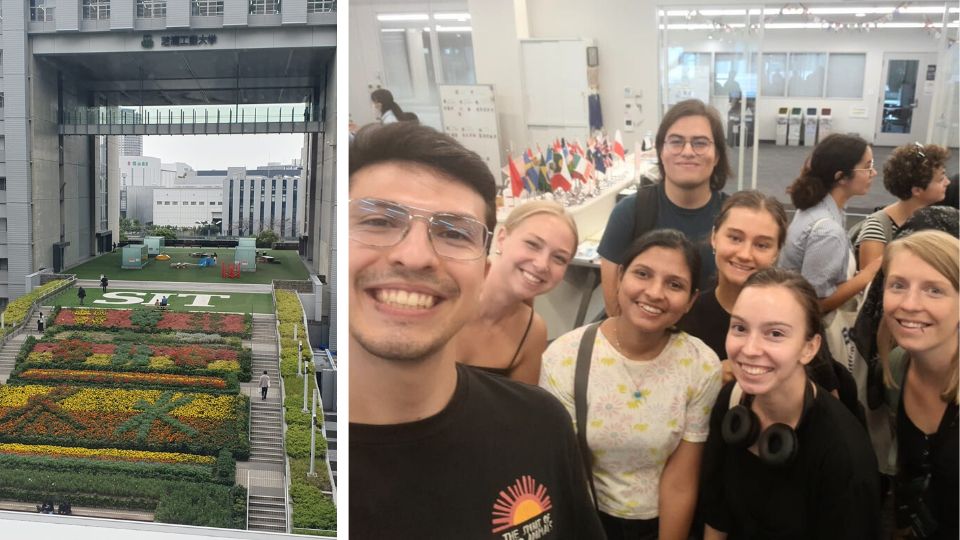
Naomi's academic experience in Tokyo allowed her to take a blend of undergraduate and postgraduate modules in ergonomics, sustainability, engineering optimisation and product life cycle, all of which built on her learning at Loughborough. One of her standout projects involved an independent ergonomics brief focused on inclusivity and disability in education. She also worked on a live sustainability project where students were challenged to design a product that could help reduce CO₂ emissions, before presenting their ideas to visiting Japanese companies seeking potential design candidates. “We were encouraged to think deeply about the full lifecycle and system impact of our ideas,” Naomi explains, “which gave me a much broader view of environmental responsibility in design.”
Another highlight was her biomechanics and injury prevention module, which led to the opportunity to attend a major automotive expo in Yokohama to see cutting-edge innovation from leading Japanese manufacturers. “Being able to see the latest prototypes and technologies in person was inspiring and helped me understand industry expectations at a global level.” In interaction design, she worked on live briefs tackling real-world challenges faced by foreigners settling in Japan, a project she says helped sharpen her empathy-based design thinking.
Outside her studies, Naomi immersed herself in Japan’s cultural landscape and seasonal traditions, travelling extensively across the country. She explored Hokkaido, where she experienced the famous snow festival and even went skiing, as well as popular destinations like Kyoto, Osaka and Hiroshima. She enjoyed the food everywhere she went and embraced the distinct experiences of all four seasons: autumn in Nikko with its stunning fall colours, winter in Nagano with snow-covered landscapes, spring in Chiba with vibrant flower gardens and cherry blossoms, and summer at Miaura Beach or Kamanofuchi Park for a swim in the sea or river. Naomi also experienced a variety of traditional festivals, including the Tanabata lantern festival, the hydrangea and azalea seasons (“even more colourful than cherry blossom,” she notes), and the Sumidagawa fireworks display, the largest in Tokyo. She visited Nikko Edomura, an Edo-period village where visitors can dress in traditional clothing, take part in re-enactments, and enjoy historic food and music. “Even simple discoveries, like wandering down narrow backstreets serving traditional Japanese street food, became favourite memories,” she says. “Each season felt completely different and beautiful in its own way.”
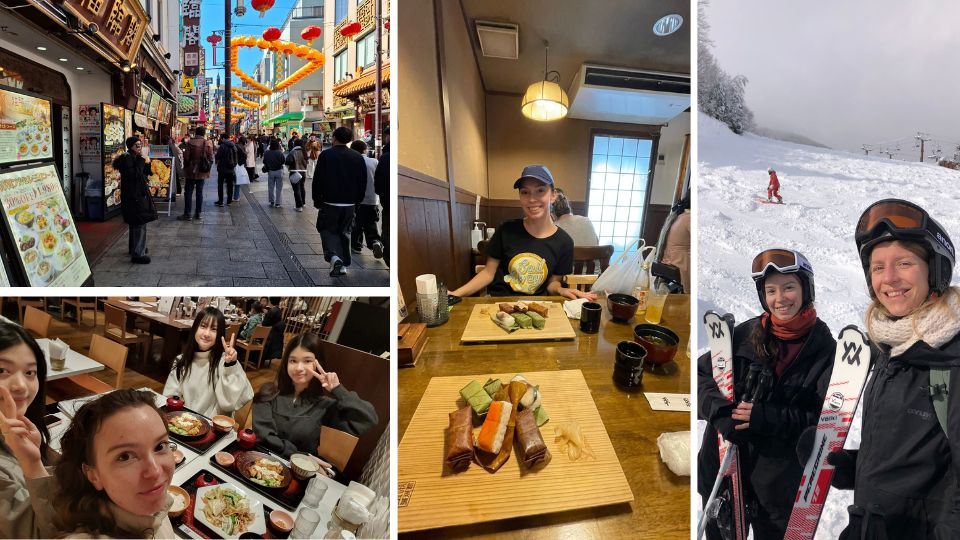
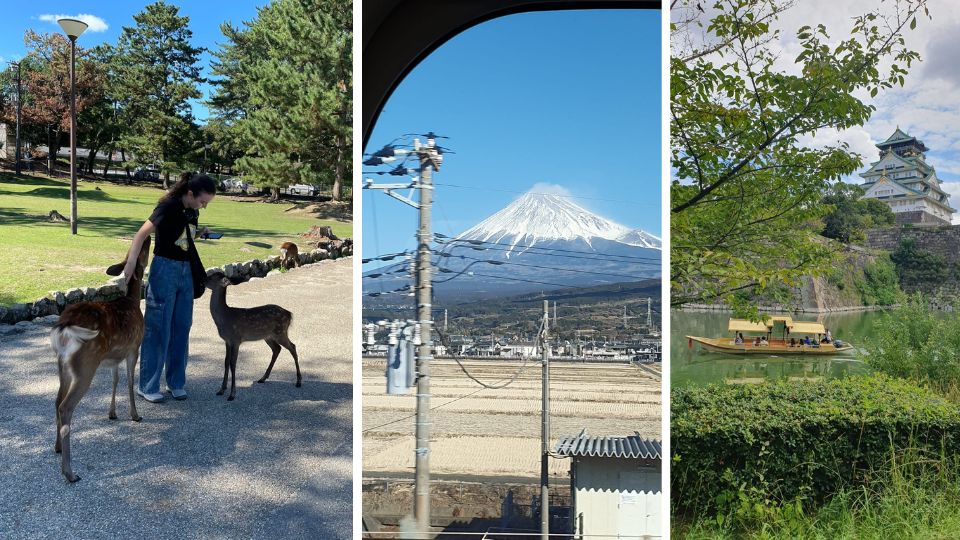
The experience also brought personal growth. “I realised I can be a very efficient team leader, which I never thought before. Living independently helped with time management, and seeing how students there approached iteration taught me not to get too attached to prototypes. It made me more confident, both as a designer and as a person.”
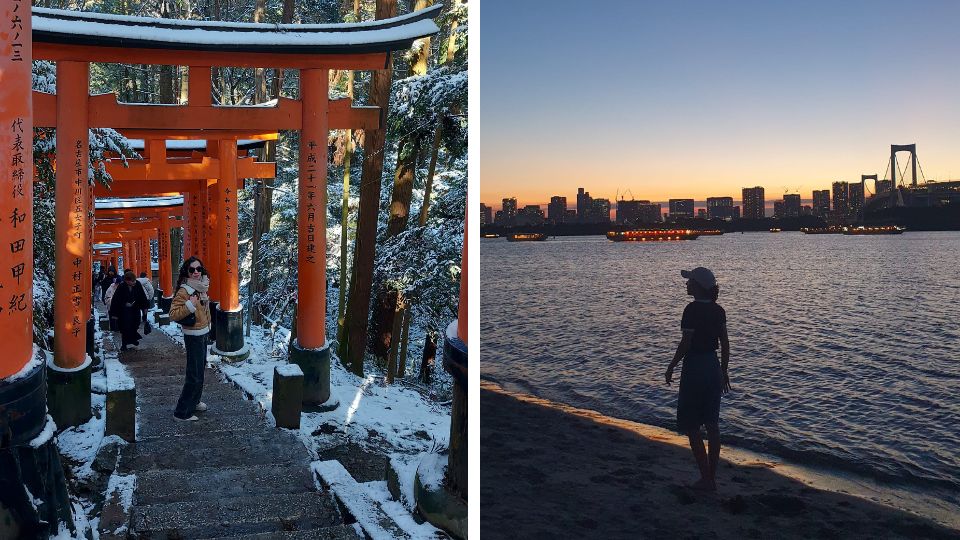
Her time abroad continues to influence her final-year practice. “Seeing the design process through a different cultural lens helped me understand certain aspects more deeply,” she explains. “I hope some of that thinking will be reflected in my final-year project.”
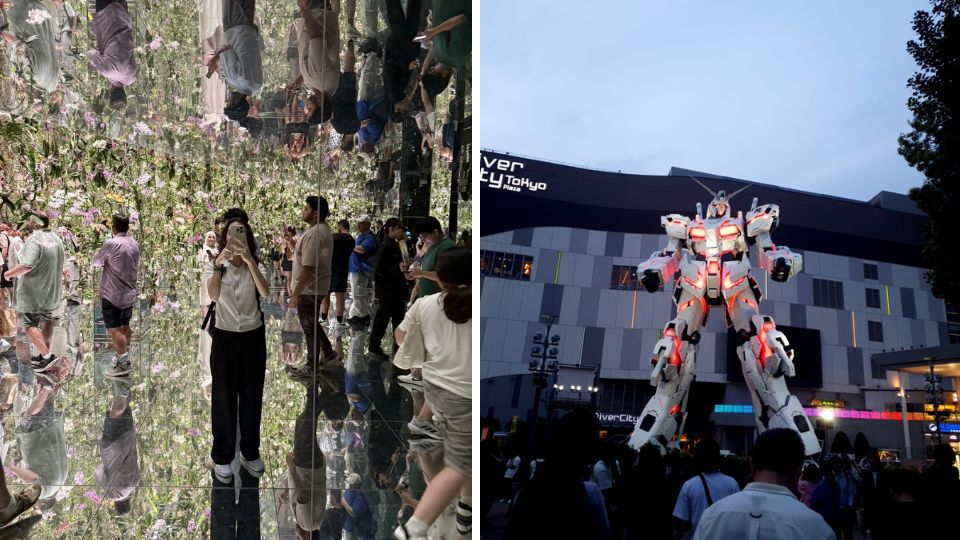
One moment stands out as a summary of the year: a Hanakin picnic with both Japanese and international friends.
“Having everyone from different circles together made me realise I had a second family in Japan. It really felt like a second home.”
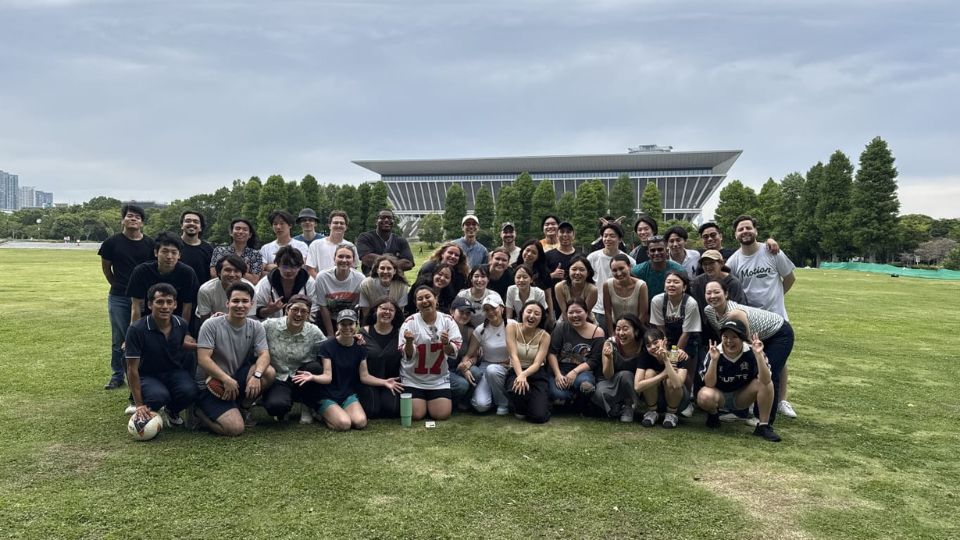
Naomi strongly encourages other students to consider the opportunity.
“It's hard work, but it is absolutely worth it. It enriches both your academic and personal life. It gives you independence, confidence and a more open mindset. I would highly recommend it to others.”
Students interested in discovering where a year abroad could take them can explore SDCA’s international study opportunities.